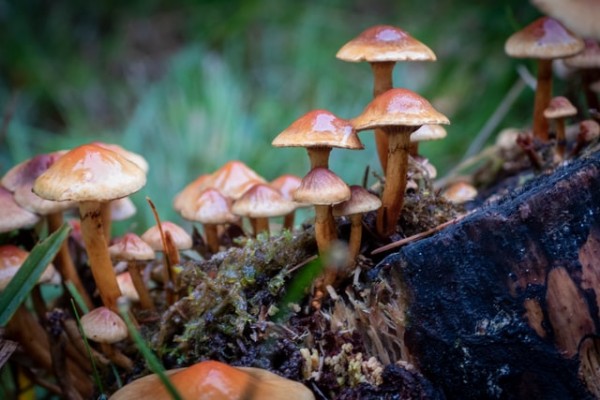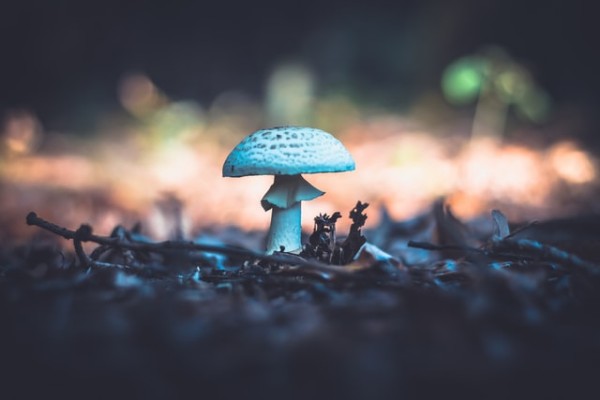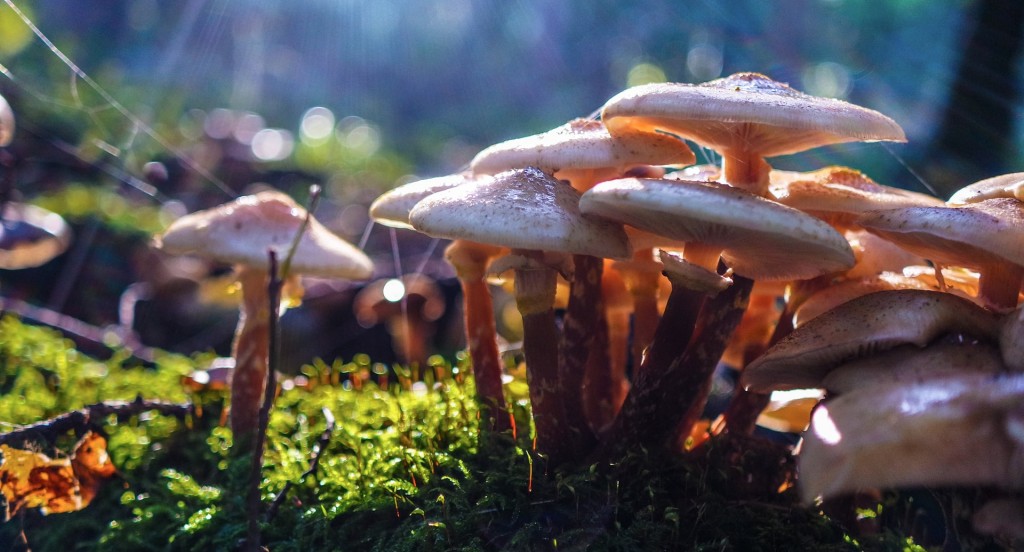Call it magic mushrooms or shrooms; there are almost 200 species of Psilocybin mushrooms present in the world. These prolific fungi are famous for their hallucinogenic effects. It means that the consumption of these mushrooms can distort your senses and induce a sense of euphoria. Although the magic mushrooms are most popularly used as a recreational drug, several people are now advocating to legalize them for medicinal benefits.
Interestingly, the usage of shrooms dates back centuries ago. Many people used it to attain a spiritual state, and others may be for its therapeutic effects. But whatever be the reason, it is quite logical to assume that humans may have consumed the shrooms. Here is the brief history of microdose shrooms you must know, that proves this proposition.

Ancient History
The earliest evidence of shrooms goes back to almost 25000 years ago, as shown in Bradshaw rock art in Australia and Sandawe art in Tanzania, which indicates these cultures to be shamanistic practitioners. Many historians believe that Saharan aboriginal tribes in North Africa were first to use magic mushrooms in 9000 B.C. One can find similar stone paintings in Europe that dated back to 6000 B.C.
Another ancient culture, the Egyptians, believed mushrooms do not grow from the seeds and are placed by God on the earth. This theory made them restrict their consumption to a limited class. As food for Gods, Egyptians grew psilocybin mushrooms on barley and created many artworks depicting the same. It shows how the use of mushrooms was spiritually significant for them.
As depicted in their paintings and statues, cultures like the Mayas and Aztecs in Mexico consumed hallucinogenic substances for religious ceremonies. Aztecs rituals involved teonanácatl or Flesh of God that might be magic mushrooms. Tribes in America, like Nahua, Mazatec, Mixtec, and Zapatec, also used shrooms for similar reasons. The ancient history of magic mushrooms is a debatable topic. Some may support the premise others believe that evidence is not definitive; people see what they want to see in the manuscripts, pictures, and sculptures.

Modern History
While the earliest usage remains unsure, it was in the 1950s when shrooms came into light in the modern world. R. Gordon Wasson, a mycologist, traveled through Mexico when he found himself in a ceremony of the Mazatec tribe. Later, Roger Heim and Albert Hofmann isolated psilocybin and psilocin from the mushrooms collected from Mexico. 1n 1957, Wasson wrote about his findings in Life magazine under the title, Seeking the Magic Mushrooms.
It was just the beginning. Timothy Leary, a renowned Harvard professor, soon showed interest in shrooms. He started advocating it and followed the footsteps of Wasson and traveled to Mexico. He was joined by another psychedelic advocate Richard Alpert, who was a spiritual guru in his expedition. Both of them founded the Harvard Psilocybin Project and conducted their study on Harvard students. The investigation was dropped due to safety regulations, but the shrooms’ psychedelic effect tied to the hippie culture continued to stay for a decade.
It was in 1970 when Magic mushrooms were officially made illegal in the U.S. But in the same year, the McKenna brothers traveled to the Columbian Amazon, where they stumbled upon the field of Psilocybe cubensis mushrooms. The brothers published a book on its cultivation that helped spread access to shrooms in the U.S.

The Expansion Of Magic Mushrooms
At present, magic mushrooms are getting greater acceptance across the world. Thanks to the constant research, shrooms are now linked with several health benefits. Psilocybin has a healing effect on many mental health problems, including anxiety, stress, and depression. It can reduce obsessive-compulsive and substance use disorder and help people overcoming suicidal tendencies. A recent study reveals that a single dose of psilocybin with psychotherapy sessions can decrease anxiety and depression and promote long-term relief in cancer patients.
In 2018, COMPASS Pathways, a life sciences company, has received a breakthrough therapy designation by the U.S. Food and Drug Administration for using psilocybin therapy for depressions that are resistant to other treatments. In 2019, John Hopkins received approval to reinitiate the psychedelic research and unveiled its Center for Psychedelic and Consciousness Research. Moreover, many other institutes, including the University of Toronto, Heffter Research Institute, and the Beckley Foundation, dedicate their research to find the benefits of psilocybin. These studies help to push the decriminalization process of magic mushrooms across the nations. Several cities in the U.S. like Denver, Oakland, and Santa Cruz have already decriminalized the same.
Conclusion
Psilocybin found in magic mushrooms is still a schedule 1 drug. The possession of this drug brings legal action. But that does not deny the fact that it works as a potential remedy to various health ailments. The proven efficacy of shrooms in treating psychological conditions validates its usage thousands of years ago by different societies. Meanwhile, a range of ongoing research is holding a promising future of this real magic fungi making it readily available for our well-being, just like our ancestors.


